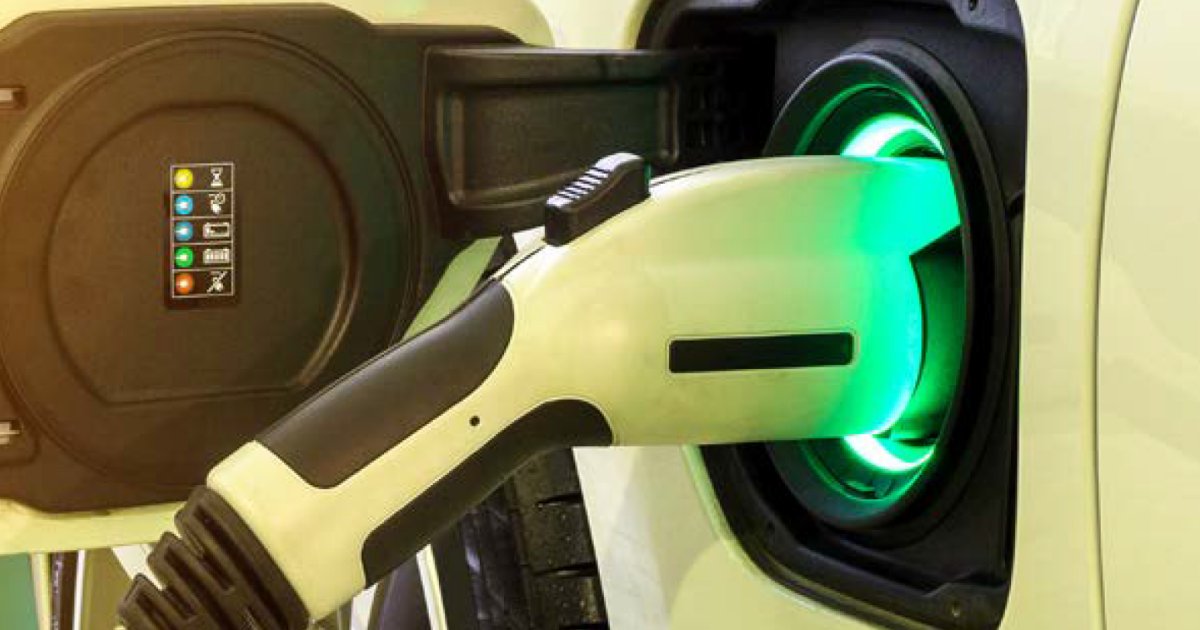The Northern Territory Government yesterday announced further details on initiatives to help boost electric vehicle uptake.
The NT isn’t exactly a hotspot for electric vehicles, even by Australia’s currently low standards. There were just 12 registered electric cars in March 2019 and 38 in December 2020. By the end of last year, there were 61. Out of a total of 143,481 motor vehicles registered at the beginning of 2022, EVs accounted for around 0.04%.
In terms of overall numbers, it’s hardly exciting – but the rate of growth has been impressive. No doubt a major concern among NT drivers curious about switching to electric vehicles is “range anxiety” given the distances between locations. Northern Territory vehicles tend to have the highest average kilometres travelled annually.
But home charging tech is rapidly evolving and public stations are popping up all over the place in the NT. On a related note, if you’re an EV owner (or potential owner) and want to find public charging stations in the Territory or anywhere else in Australia for that matter, check out this handy public EV charger location tool on SQ that features a searchable map.
Stamp Duty/Rego Waived, Charger Grants
Anyway, the Territory Labor Government wants to move things along on the EV front, as it will assist in hitting NT’s net-zero emissions by 2050 target. From July 1, 2022, several incentives will be on offer.
The first is waiving payable stamp duty on $50,000 of the purchase price of a plug-in EV from 1 July 2022 to 30 June 2027. This will provide a saving of up to $1,500.
The second is 100 residential grants of $1,000 and 80 business grants of $2,500 to go towards the purchase and installation of eligible EV chargers. The grants will be dished out on a first-come, first served basis. A list of eligible devices and further information can be found here.
Specifications and estimated pricing of some of the eligible devices can be found on SolarQuotes’ EV charger comparison table. And you can learn everything you need to know about chargers in SQ founder Finn’s EV Charging 101 guide.
Another sweetener is the waiving of registration fees for electric vehicles; but Motor Accidents Compensation and third party insurance will still apply – this will provide an annual $89 saving.
These actions are part of the Northern Territory Electric Vehicle Strategy and Implementation Plan 2021 – 2026, which can be viewed here.
“The creation of this electric vehicle policy supports our Government’s actions on addressing climate risk and to transition to a low-carbon economy,” said Minister for Infrastructure, Planning and Logistics, Eva Lawler. ” Responding to climate change will not only help us protect our environment, but will support this new industry and the jobs that come with it.”
The Northern Territory isn’t the only Australian jurisdiction to offer EV-related financial incentives. You can find a summary on SQ’s rebates and subsidies page, which also covers solar panels and batteries.
In other recent related news, across the border in South Australia the Malinauskas Government has unfortunately decided to axe SA’s EV smart charging subsidy that was due to launch around now.


 RSS - Posts
RSS - Posts



Speak Your Mind